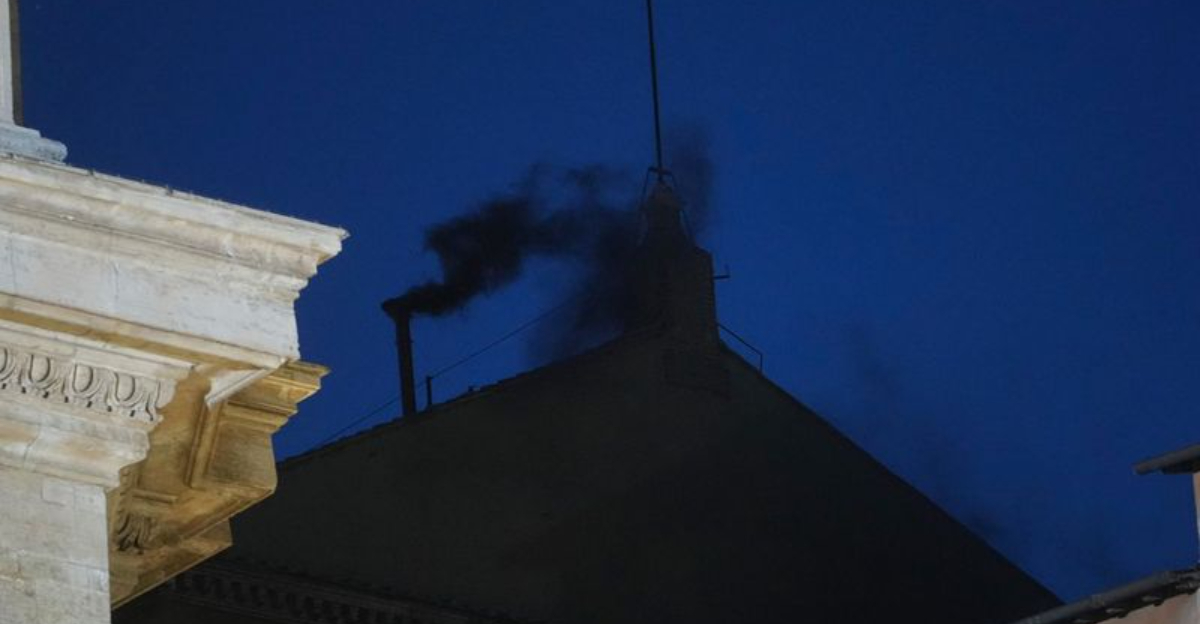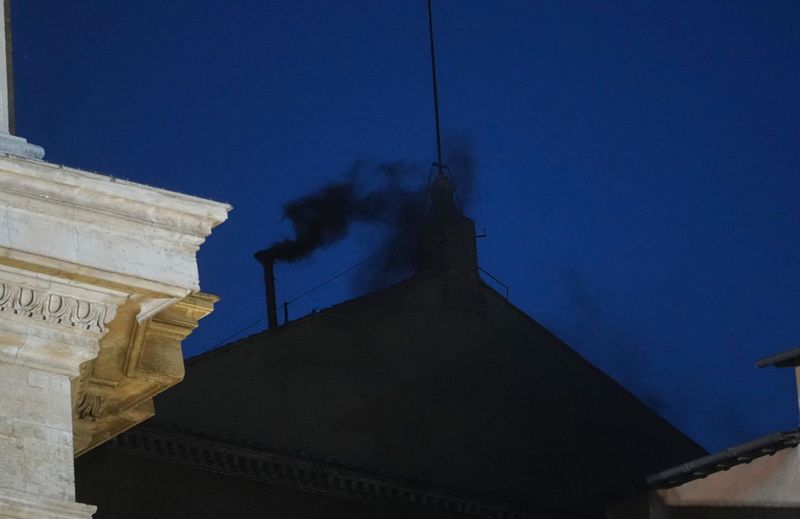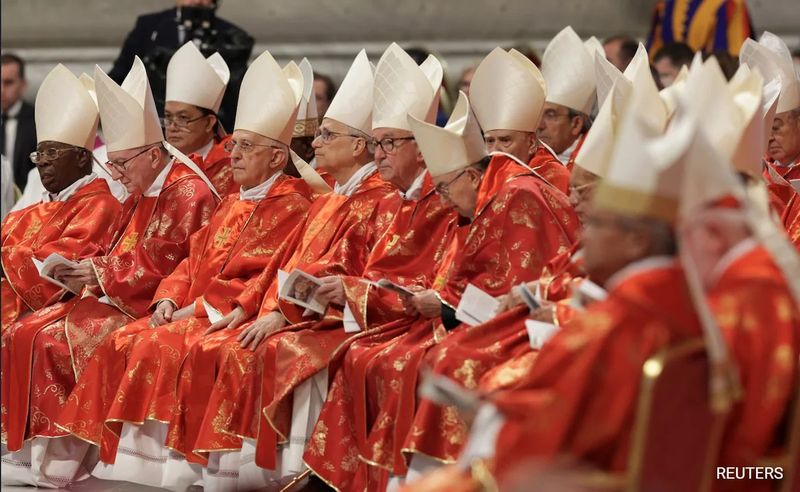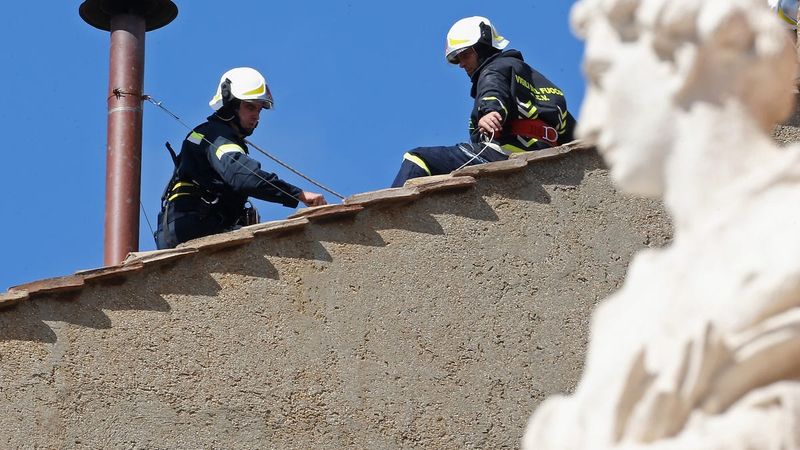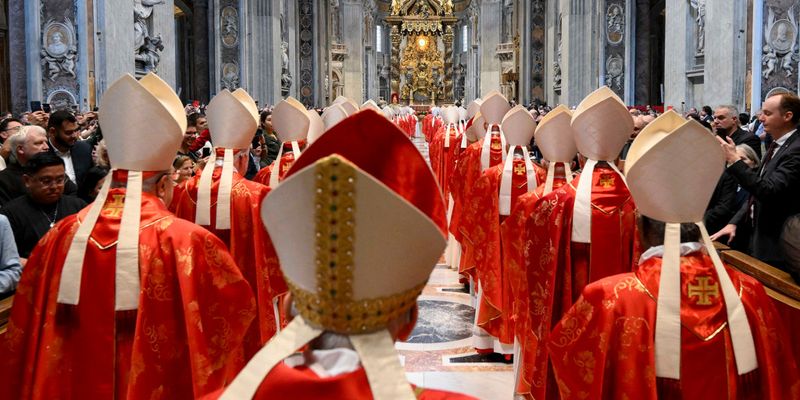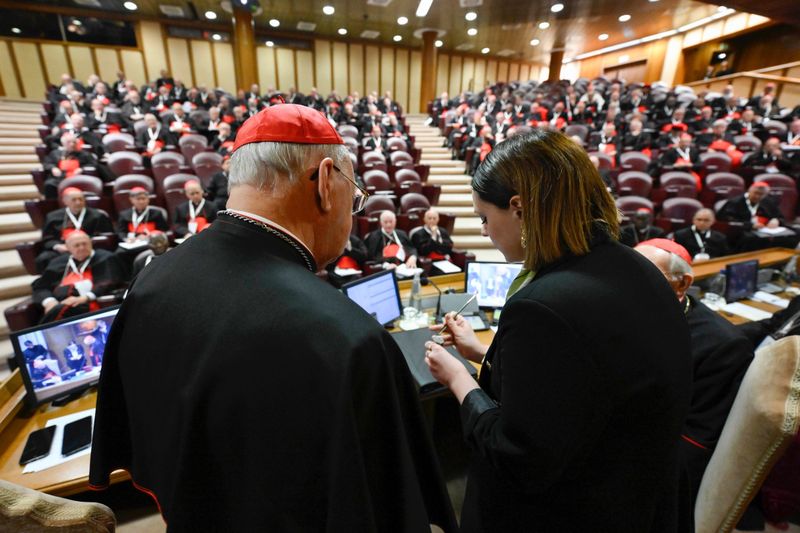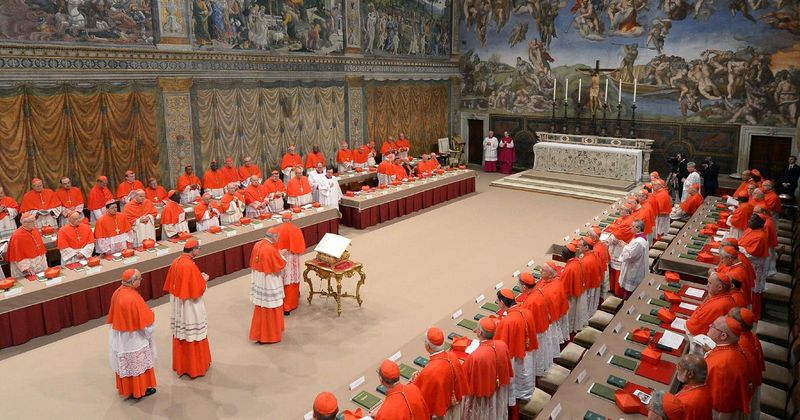When a pope is elected, white smoke rises from the Sistine Chapel chimney. But during the recent conclave, black smoke – meaning no decision – appeared much later than expected.
This delay caused confusion among the thousands of people waiting in St. Peter’s Square. What exactly happened behind those ancient Vatican walls that caused this unusual timing?
1. No Pope Elected in First Vote
The black smoke signaled a clear message – cardinals hadn’t reached consensus on their first ballot. This is actually quite common in papal elections, as the initial vote often reveals how support is distributed among various candidates.
The College of Cardinals needs a two-thirds majority to elect a pope. With so many potential candidates, this threshold is rarely achieved immediately. Cardinals often use early ballots to gauge where opinions stand before serious negotiations begin.
2. Extended Prayer and Reflection Period
Cardinals sometimes pause for spiritual guidance before making such momentous decisions. Inside the conclave, the atmosphere combines political maneuvering with genuine spiritual discernment.
Each cardinal carries the weight of selecting the next leader of over a billion Catholics worldwide. Many report spending hours in personal prayer between voting sessions. This extended meditation likely contributed to the delayed smoke signal that puzzled onlookers.
3. Technical Issues with the Smoke System
The Vatican’s smoke signaling system isn’t exactly high-tech! The traditional stove (or ‘fumata’) that produces the iconic smoke has been known to malfunction.
In 2005, engineers installed electronic heating elements and chemicals to make the smoke color more distinct. Despite these improvements, the system remains somewhat temperamental. A technical glitch could easily explain why observers waited longer than expected for the telltale black plume.
4. Vote Counting Complications
Behind closed doors, vote tallying follows exacting procedures. Each cardinal writes a name on a special ballot, then folds it and places it in a chalice while swearing they’ve chosen the candidate they believe God wants.
If any irregularity occurs—like an extra ballot or procedural mistake—the entire vote must be nullified and repeated. Such complications aren’t announced publicly but would certainly delay the appearance of smoke.
5. Possible Vote Postponement
Cardinals have flexibility in scheduling votes under the rules established in Universi Dominici Gregis, the document governing papal elections. They might have discussed delaying the evening ballot altogether.
After a long first day of conclave proceedings, the cardinals may have decided they needed fresh minds for morning deliberations. This postponement would explain why the smoke appeared so late—they were debating whether to vote at all that evening.
6. What Happens Next in the Process
After the first day’s inconclusive vote, the process follows a predictable schedule. Morning brings two ballots, with smoke appearing around midday. Afternoon sees two more ballots, with evening smoke.
If no candidate receives the required two-thirds majority after about twelve ballots, special voting procedures may be implemented. The world watches each smoke signal with anticipation, knowing that white smoke could appear at any scheduled time, announcing a new pope has been chosen.
